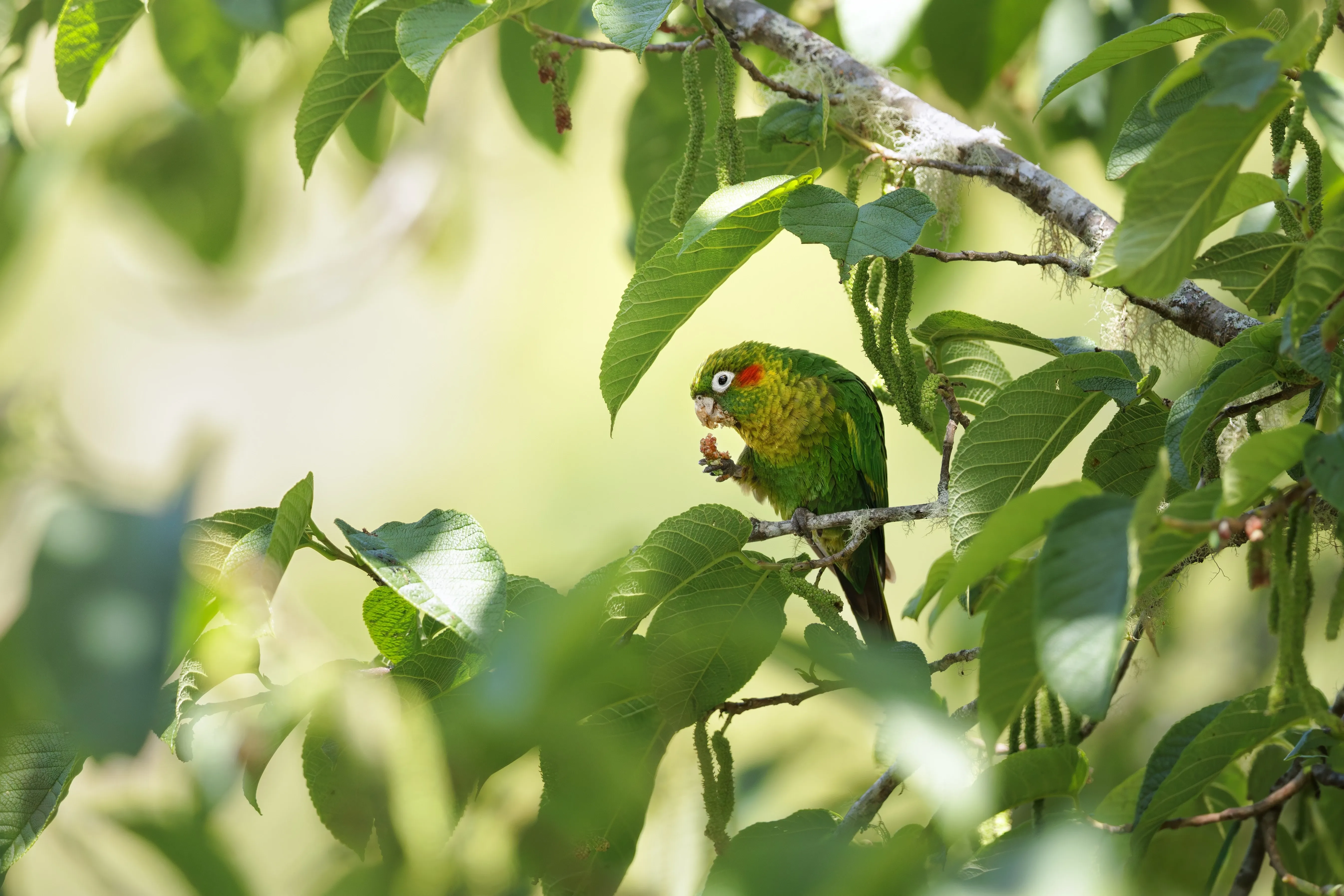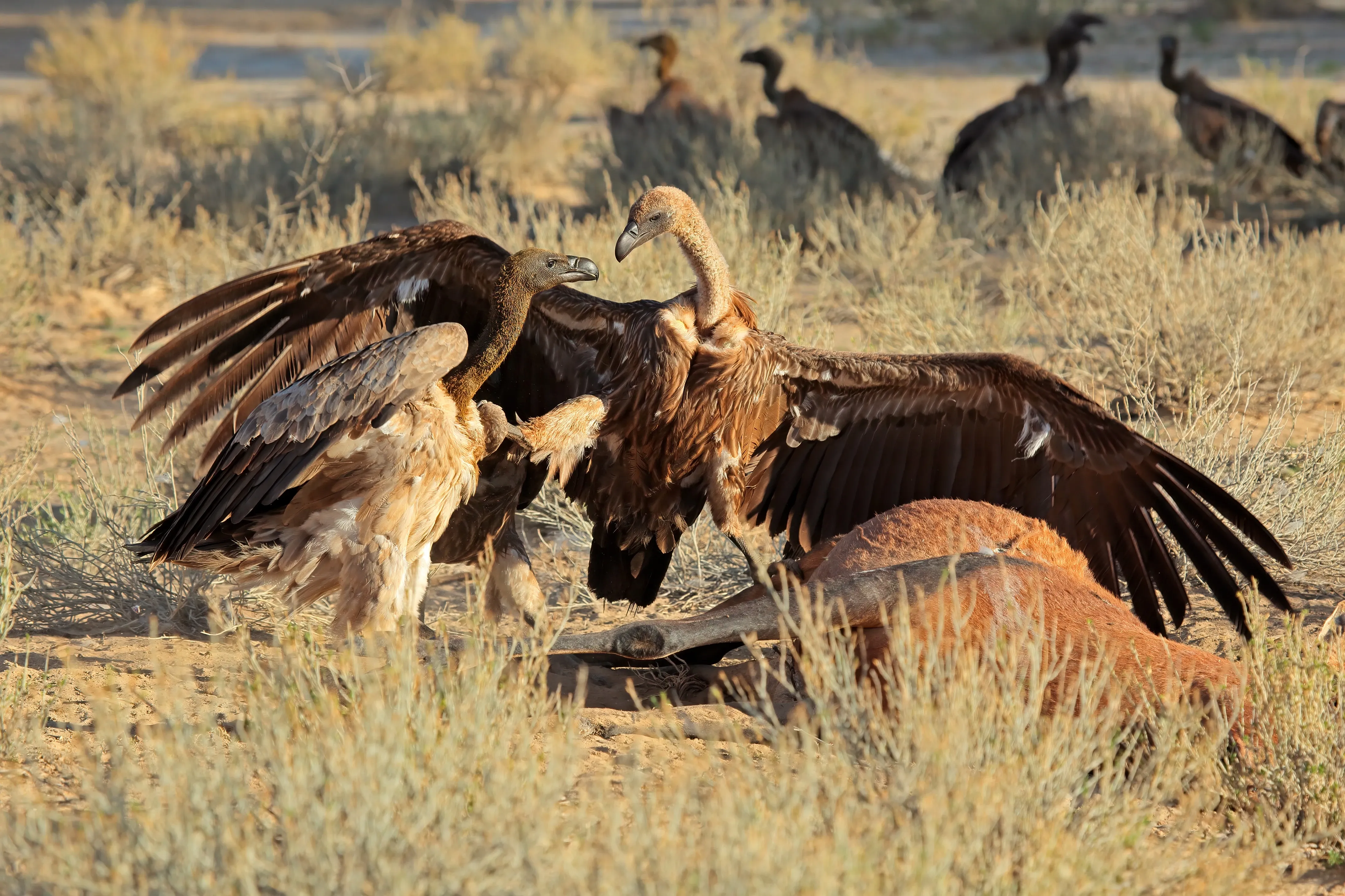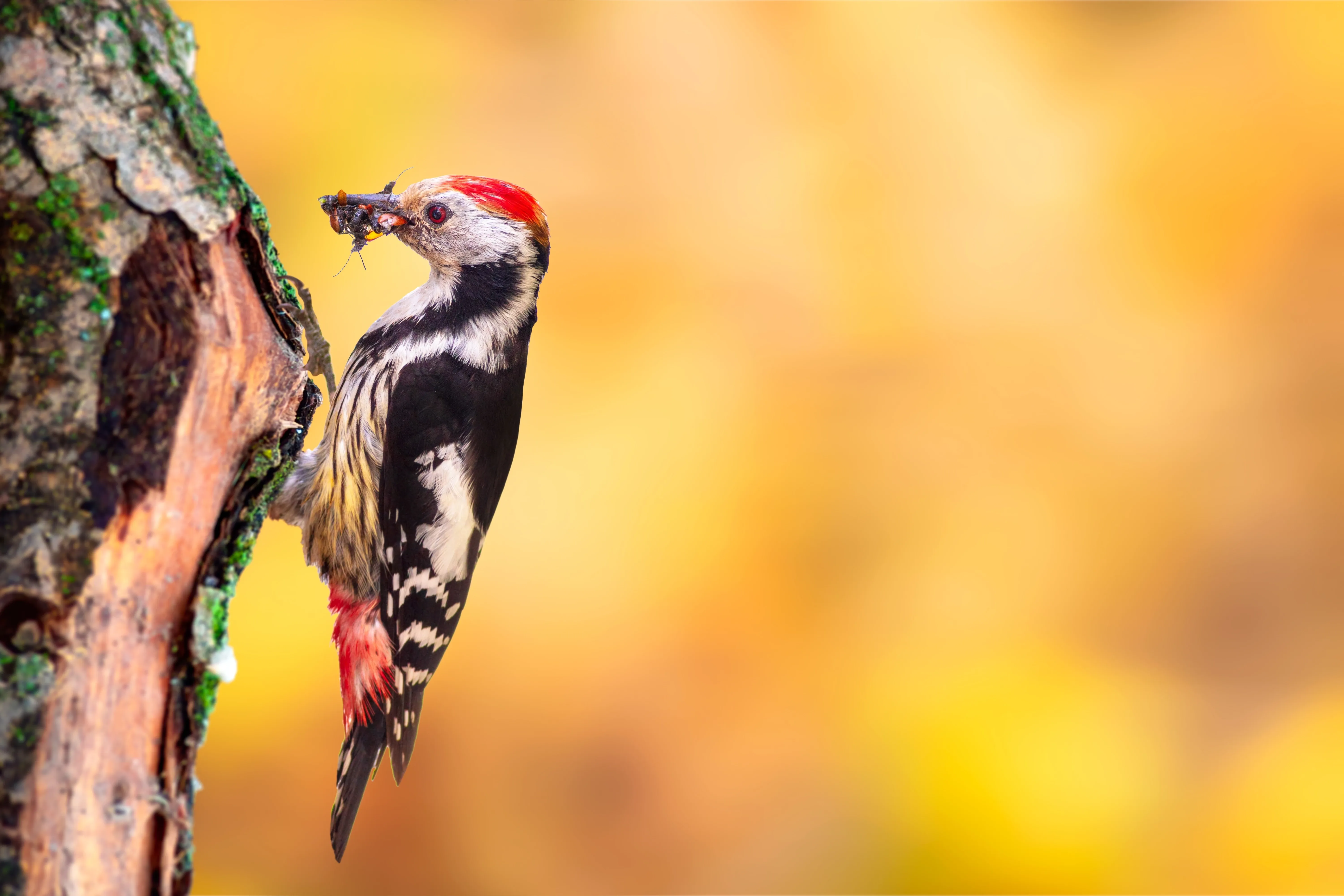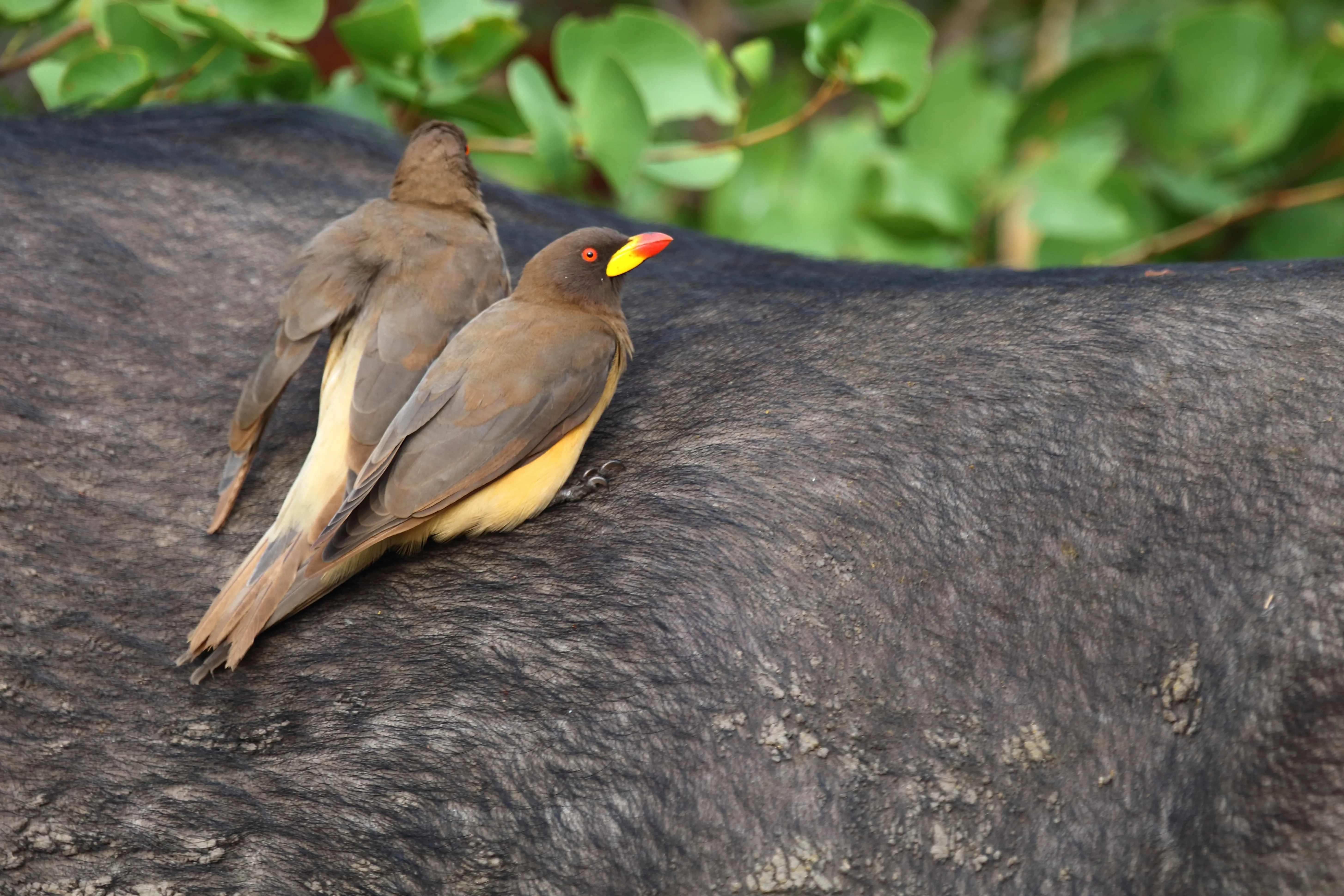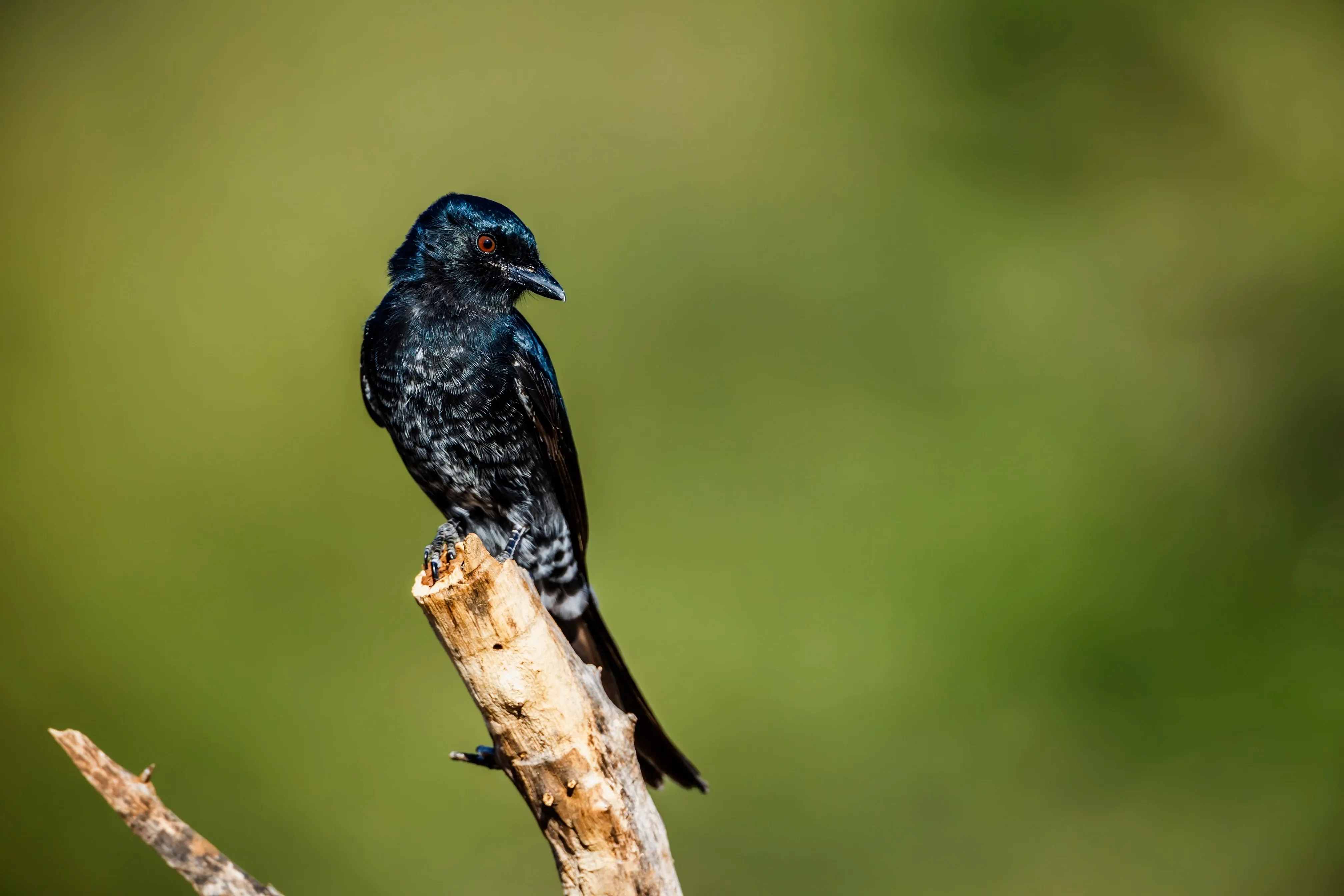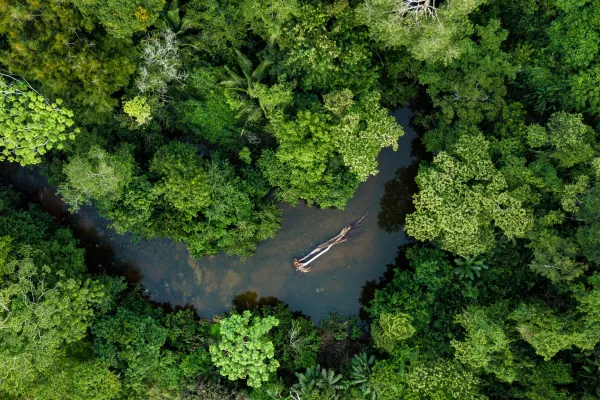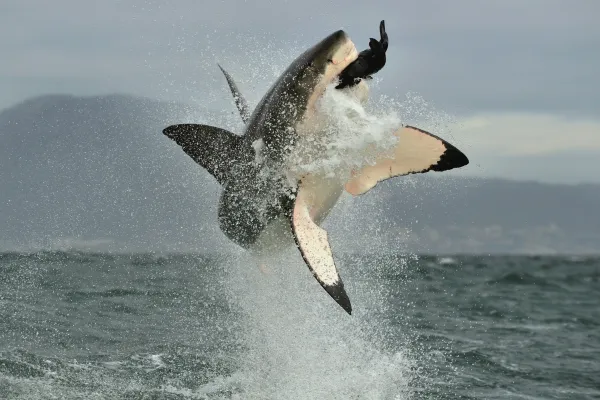A closer look at the ecological role of birds
This is the fourth instalment in a series of five articles about birds and birdwatching. The series began by laying the groundwork for understanding birds in general before delving deeper into what makes them so special physiologically.
It then looked at why it is worth spending time watching them in their natural habitat and how to do that, before here focusing on an ecological view of birds and their role and importance in maintaining and sustaining a healthy environment. The series will conclude with an overview on the marvel of bird migration. With a little patience and a lot of luck, hopefully the wonderful world of birds opens up to you with just as much colour and intrigue as the little critters themselves - let's have a closer look!
Pollinators and seed dispersers
Birds are an integral part of the natural world, playing a crucial role in ecosystems as pollinators and seed dispersers. From hummingbirds to honeyeaters, these winged wonders help to spread pollen and seeds, allowing plants to reproduce and thrive.
One of the best-known examples of birds as pollinators is the hummingbird. These tiny birds are crucial to the pollination of a wide range of flowering plants, including many native species. As they feed on nectar, they collect pollen on their heads and beaks, which they transfer from flower to flower as they move from plant to plant. Birds such as honeyeaters also play a key role as pollinators. These nectar-loving birds feed on the sweet liquid produced by flowers, and in the process, they collect pollen on their heads and bodies. As they move from flower to flower, they help to spread pollen, allowing plants to reproduce.

In addition to their role as pollinators, birds also play a crucial role as seed dispersers. Many species of birds, including finches and parakeets, are attracted to the seeds of plants, which they eat and then excrete elsewhere. This helps to spread the seeds of plants, allowing them to germinate and grow in new areas. The colourful parakeet is known to be an important seed disperser. These birds feed on the seeds of a variety of plants, including fruit trees. As they move from place to place, they spread the seeds of these plants, helping to maintain the diversity and health of ecosystems.
Tinkerbirds help spread mistletoe seeds in the same way, thus maintaining the health and diversity of ecosystems and are an essential part of the web of life.
Scavengers and waste removal experts
Birds play an important role in the natural world as scavengers and waste removal experts. From vultures to seagulls, they help clean up the environment and prevent the spread of disease through bacteria and other pathogens. Probably the best-known scavengers in the avian world are vultures. These large birds feed on the carcasses of dead animals. Their stomachs contain a strong acid—the lowest gastric pH in the animal kingdom—that enables them to digest diseased, rotting meat and waste without becoming sick.
Species like the mountain-dwelling Bearded Vulture have stomachs so acidic that they can remarkably digest most bones in only 24 hours. The vultures` stomachs of steel allow them to remove pathogens such as cholera, anthrax, and rabies from the environment. In addition to the carrion kings that vultures are, jays, pigeons, hoopoes, crows, marabou storks, ravens, and jackdaws, to name just a few, all play their parts in managing natural waste in ecosystems.
Construction crews and fertilisers
Another important ecological role of birds is that of construction crews and fertilisers. From woodpeckers to weaver birds, these winged wonders help to build and maintain the habitats of other animals, as well as enrich the soil with their droppings. The woodpecker, a notable master constructor, is, of course, an important member of nature's construction crew.
These birds are known for their distinctive drumming, which they use to excavate holes in trees for nesting and roosting. By creating these holes, woodpeckers provide homes for other birds, bats, and small mammals. Weavers are also known for their elaborate nests, which they build using grass, twigs, and other materials. By constructing these nests, weaver birds provide homes for themselves and other animals. Furthermore, birds such as geese and ducks also enrich the soil with their droppings, which are high in nitrogen and other nutrients. As they feed, these birds deposit their droppings on the ground, which helps fertilise the soil and promote the growth of plants.
Symbiotic relationships
Birds form a number of fascinating and ecologically important symbiotic relationships with other animals. These relationships involve the mutual exchange of benefits between different species and are an essential part of the web of life. A great example of birds forming symbiotic relationships is the relationship between birds and flowering plants.
Many species of birds, including the oxpecker, cattle egret, fork-tailed drongo and the honeyguide, form relationships with large mammals such as antelope, honey badgers and meerkats. The oxpecker, for example, feeds on the ticks and other parasites that infest the skin of antelopes and other mammals. In return, the mammals provide the oxpeckers with a safe place to roost and a source of food.
Birds as indicators of environmental health
Birds are important indicators of environmental health, providing valuable information about the state of the natural world. The canary in the coal mine is perhaps an apt symbol of a bird acting as an indicator of environmental health. In the past, miners would bring canaries into the mines with them as a warning system. The birds are sensitive to toxic gases, and if they became sick or died, it was a sign that the air in the mine was dangerous and that the miners needed to evacuate. Similarly, birds can be used as indicators of the health of ecosystems.
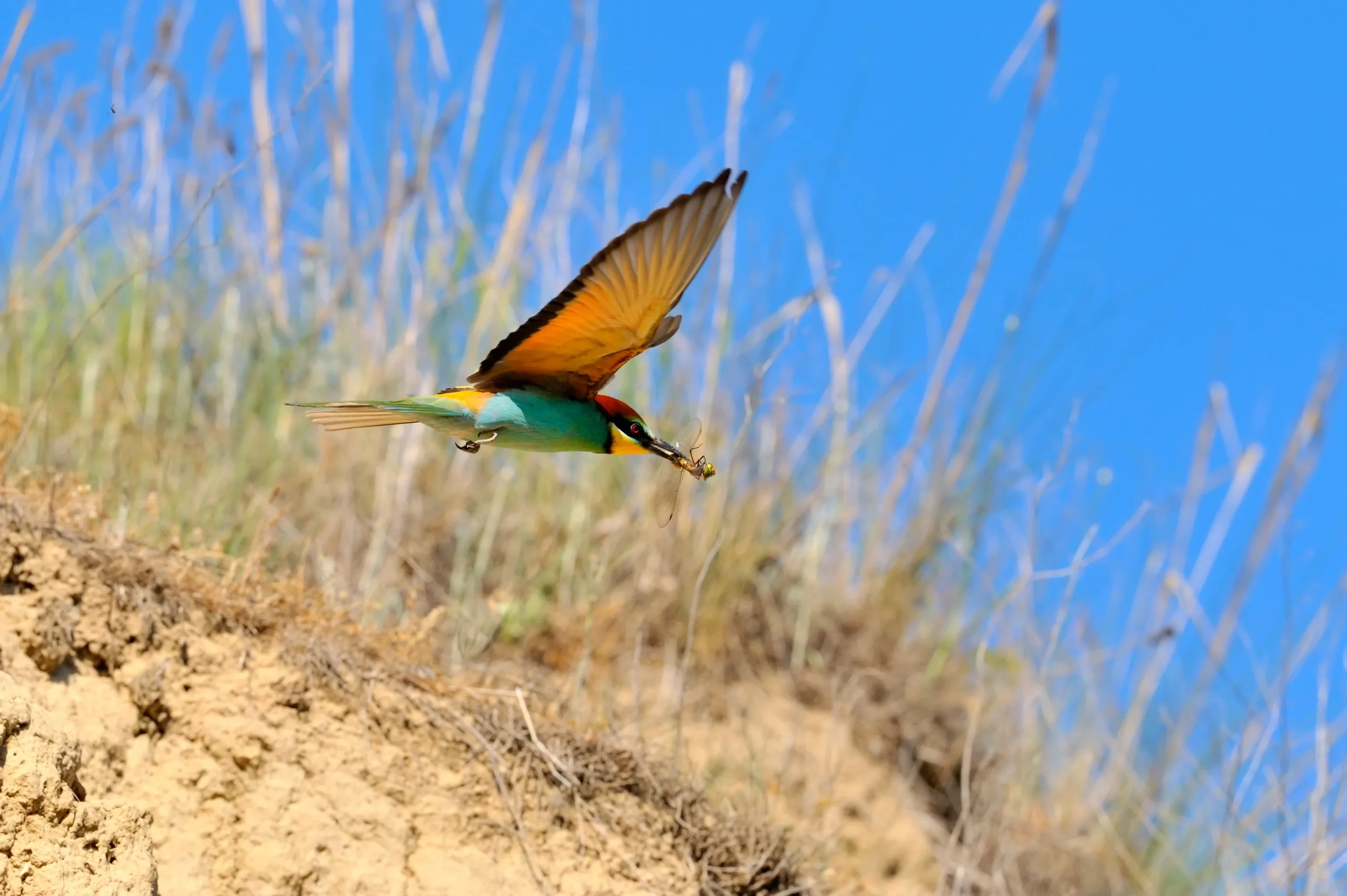
Some species of birds, including the bald eagle and the peregrine falcon, are sensitive to environmental contaminants such as pesticides and heavy metals. By studying these birds, scientists can gain valuable information about the presence of these contaminants in the environment. Furthermore, the presence or absence of certain bird species can also provide valuable information about the health of an ecosystem. Many bird species are intimately connected to their environmental habitats. As such, they can indicate the deterioration, pollution and contamination of these habitats.
In conclusion, birds are both incredibly important indicators of environmental health as well as creators and influencers of healthy natural ecosystems. By studying these winged wonders, scientists and conservationists can gain valuable information about the state of the natural world and the effects of human activities on the environment, and by protecting and conserving bird populations, we can help preserve the health and diversity of ecosystems around the world.
Sign up for the newsletter
By clicking on “Subscribe now” I will subscribe to the Conscious Explorer newsletter with all the information about mindful travel. Information on the success measurement included in the consent, the use of the shipping service provider MailChimp, logging of the registration and your rights of revocation can be found in our privacy policy.

